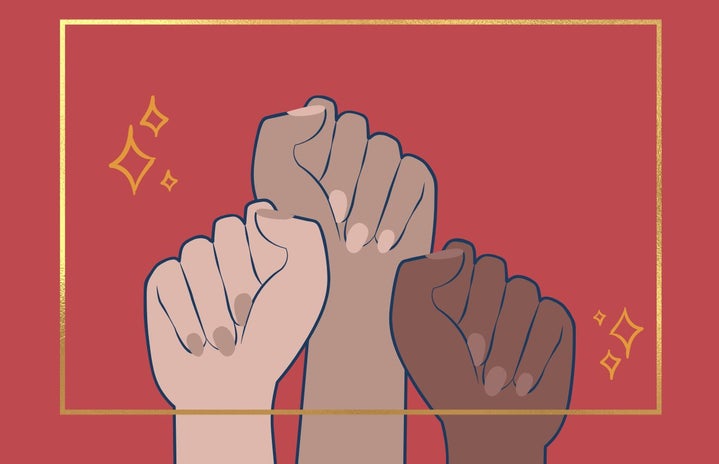The Equal Rights Amendment seems like something that is already law. However, the country where “all men are created equal” has always needed clarification as to who qualifies for said equality. The Equal Rights Amendment is the “unfinished business with the Constitution.” And this unfinished business is exactly that — unfinished.
Commonly referred to as the ERA, this proposed amendment demands the “equality of rights under the law shall not be denied or abridged by the United States or by any state on account of sex.” The ERA was originally crafted in 1923 by Alice Paul, based on the ideas formed at the Seneca Falls Convention 75 years earlier. The early suffragists hoped adding this amendment to the nation’s Constitution would end women’s second-class citizenry. A logical progression from the 19th Amendment which granted women the right to vote, the ERA called for the written commitment to gender equality in the Constitution. Gender equality would become legally binding. The second line of the revised ERA states “the Congress shall have the power to enforce, by appropriate legislation, the provisions of this article.” Without the presence of a written law, legislation fighting for gender equality becomes a victim to misogynist interpretation.
Despite the efforts of Alice Paul and countless other activists, the ERA was not passed in the 1920s. Fifty years later, a new wave of feminism reignited the fight for the ERA, bringing a more aggressive fire for passage of the ERA. However, the ERA is an amendment, not a bill. Passing amendments requires an extra set of legislative approval. The ERA would need more than a simple majority in Congress. The proposed amendment requires 2/3rd majority approval in Congress and ratification by at least 38 state legislatures with a 3/4th majority. Congress finally passed the ERA in 1972. But, the ERA met its toughest approval in the ratification phase.
30 states ratified the bill one year after Congress approved the amendment. The ratification stall was caused by opposition from Phyllis Schlafly, called the “first lady of the conservative movement,” and the STOP ERA movement. Schlafly campaigned to stamp out the ratification of the amendment, using religious rhetoric to convince state legislatures into maintaining the status quo. She was quoted saying “a woman should have the right to be in the home as a wife and mother.” Schlafly was persistent in her crusade and was successful in derailing the amendment’s future at becoming law.
Things got messier when five states rescinded their original vote for the amendment in the late 1970s. The deadline for ratification was extended and then expired. Activists lost hope.
Despite all of these losses, the ERA has never left the conversation in Washington. As the #MeToo movement and Women’s March on Washington revitalized the nation’s narrative on gender equality, politicians brought the ERA back to the negotiating table. On January 15, 2020, Virginia became the 38th state to ratify the ERA. The ERA now has both Congressional approval and complete state ratification, but legal experts disagree over its viability as an actual amendment. Can the ERA pass after 40 years of stagnation? Does the ERA need to go through Congress and ratification again to become law? Would today’s political polarization prevent the ERA from finally becoming an official law?
Almost 100 years later, the ERA stands in legislative limbo. Thanks to centuries of hard-fought and passionate activism, women hold high positions of power and are active players in the room where it happens. The ERA Coalition’s polling shows 94% Americans surveyed support the passage of the ERA. Despite this, institutions still attempt to oppress women’s bodies and opportunities. Written law stops the discrimination, at least on a legal level. It is more than a symbolic stand for gender equality. Legal experts agree the road to finally passing the ERA is a difficult one, but as Nevada State Senator Pat Spearman said “This is the right thing to do, it’s the right time to do it, and so we just ought to do it.”





